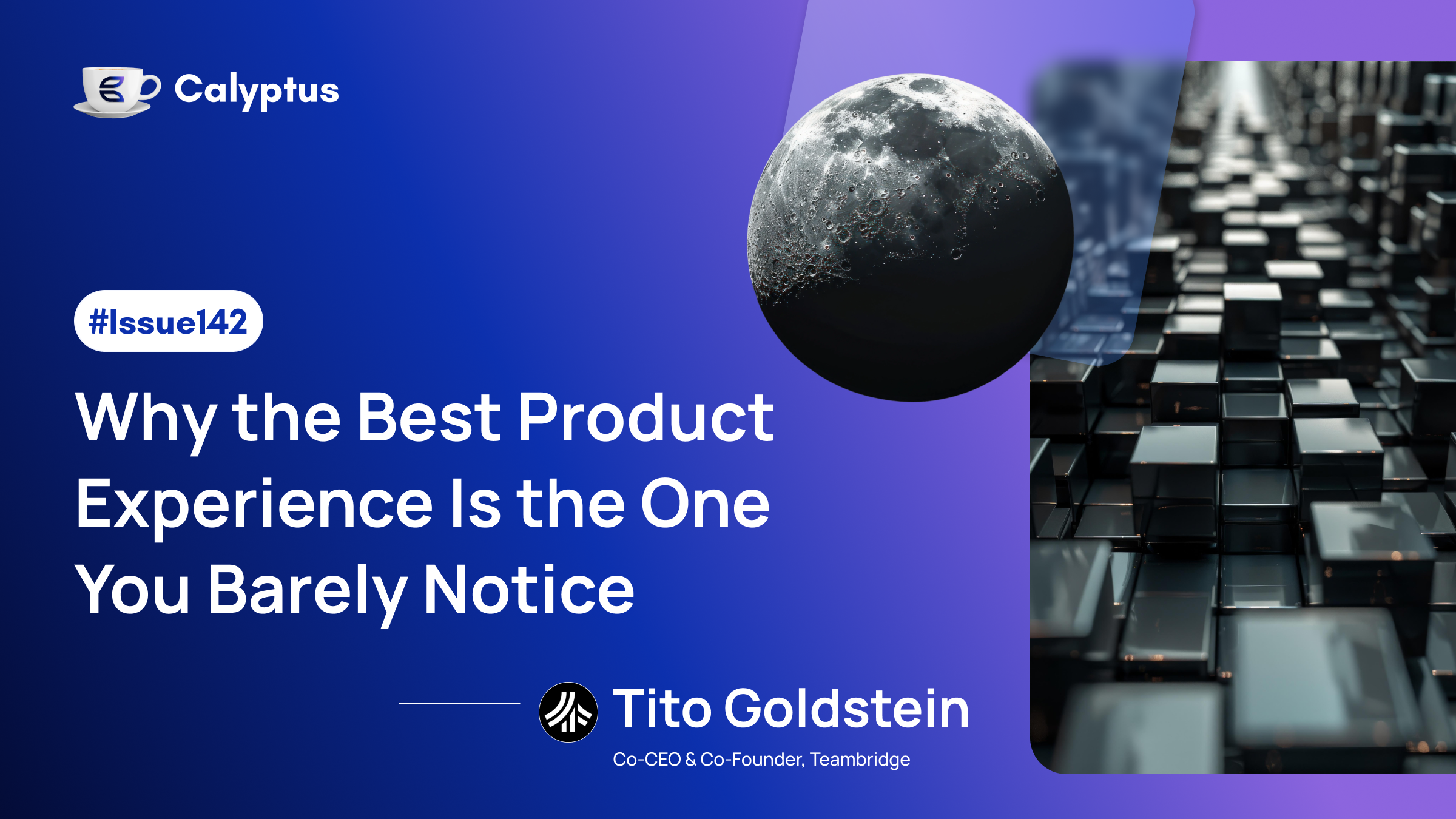Weather, hardware, and Web3? That’s not your average startup cocktail—and neither are the People challenges that come with it. In this edition of People Protocol, we sat down with Tereza Karavi, People and Talent Lead at WeatherXM, to explore what it takes to scale culture, structure, and leadership in a hardware-enabled DePIN company. From shifting from recruiter to strategic partner, to hiring through contribution instead of resumes, Tereza shares a refreshingly honest look into how she’s helping build not just a company but a resilient, mission-driven team ready for anything.

What are the biggest People & Talent challenges of scaling a hardware-enabled Web3 startup, and how are you tackling them?
Scaling a hardware-enabled Web3 startup like WeatherXM brings unique People & Talent challenges. As the team grows, culture can’t just happen, it needs to be built with intention. We're no longer a tight early team figuring things out; now we need structure that keeps us agile. Hiring gets trickier, we need people who are not only skilled but understand what it means to join a startup still seeking product-market fit. It’s not for everyone, and that’s okay.
We’re also helping founders and early team members shift from doing everything themselves to leading and letting go of some of their responsibilities to shift to bigger ones. We meet these challenges by staying intentional at every step. That starts with hiring people who thrive in uncertainty and love building from scratch. We’re evolving how we work, adding clearer processes, structured communication, and support for team leads. We actively shape our culture through transparency, feedback, and collaboration, especially important in a hybrid setup. And because our talent pool is niche and global, we stay flexible on location and build strong communities in Web3, DePIN, and weather.
It’s not about having all the answers, just being open, adaptable, and committed to growing the right way.
You’ve transitioned from traditional recruitment into strategic people leadership. What’s been the biggest mindset shift?
I wouldn’t say there was a complete shift in mindset, it’s more like a natural evolution. I’ve always loved recruitment. There’s something so energising about connecting people with the right opportunities. But after a few years, I knew I wanted to grow into the strategic partner I am right now at WeatherXM that would give me the opportunity to leverage my studies background, and have a broader impact on both people and the business. The biggest change for me has been learning to step back and look at the bigger picture. In recruitment, you’re focused on finding the right person for the role, and often moving fast. But in a strategic HR role, it’s less about the immediate hire and more about asking: Are we building the right kind of team? How do we help people grow here? Are we creating a culture where people actually want to stay and do their best work?
I also had to shift from being the one doing everything to being someone who guides, advises, and partners with leaders. It’s not always easy, especially when you care deeply about both the people and the business but it’s so rewarding to know you’re helping shape something long-term. At the end of the day, I still love people. I’ve just moved from helping individuals find their place, to helping the whole organization become a better place.
You’ve spoken about being a strategic partner to founders. What’s something people leaders often get wrong when trying to be ‘strategic’?
Something I’ve noticed is that sometimes people leaders try to be strategic without really understanding the language of the business. I’ve faced this myself, I needed some time to really grasp how the founders wanted the company to operate and align with that. Real influence comes from building trust and showing that you truly understand what the business is trying to achieve. Being strategic isn’t about having a perfect plan or a fancy PowerPoint. It’s about listening closely to the founders or leadership, understanding their vision and challenges, and connecting the people side to that in a practical, honest way. Even if it means saying things they might not want to hear, but in a way that shows you’re on their side.
Being strategic also means working beyond HR, getting curious about sales, product, finance, and learning enough to align people's decisions with broader company goals. It requires humility too. No one knows everything upfront, so the best people leaders ask smart questions, listen more than they talk, and aren’t afraid to admit when they don’t have all the answers.
Hiring in Web3 is particularly tough. What’s a recruiting tactic you use that most traditional recruiters would never consider?
Hiring Web3 talent is indeed tough. To be honest, the roles we’ve been hiring for so far didn’t really require heavy Web3 backgrounds, so more traditional hiring tactics actually worked just fine. My background is in traditional recruitment, so there are definitely some things I’ve looked into and believe could work in this space, even though I haven’t tried them out yet. I think I’ll give them a shot in the next round of hires. One thing I’ve come across, and I really think it makes a lot of sense, is hiring through contribution, not resumes. The idea is to scout GitHub, crypto Twitter, or DAO forums for people who are already contributing and adding value, and then pay them to complete a small task or bounty.
Web3 talent usually prefers to build first and talk details later, so if someone does a great job on a micro-task, it’s a strong signal that they could be a great fit. Instead of going through LinkedIn to hire a smart contract dev, for example, it might make more sense to post a real bounty on Gitcoin or even in your own repo, and then reach out to the top contributors.
What advice would you give someone early in their HR or recruiting career who wants to grow into a strategic people leadership role?
If I could give advice to someone early in their HR or recruiting career who wants to grow into a strategic people leadership role, I’d say: get exposed to as much of the business as you can. Don’t stay in your lane, start building relationships across teams, talk to people, listen in on conversations, and try to understand how different parts of the company actually work. The more context you have, the more strategic your thinking will become. Pay attention to patterns, whether it’s in hiring, team dynamics, or employee feedback and ask the deeper questions about what’s really going on.
Also, start working your way up, get to know upper management, understand how they think, and try to see the bigger picture. One of the hardest parts of growing into a leadership role is learning to balance what’s best for the people with what’s best for the business. Sometimes you’ll have to make decisions that disappoint employees, and it honestly sucks, but if they’re the right decisions for the company’s long-term health, you have to hold that line. It can tear you apart at times, but the goal is always: how can I support the people while doing what’s right for the business? That tension is real, and learning to navigate it with empathy and clarity is what makes you a true people leader.




